Palmetto Bluff Real Estate Company Sales Office
Office Hours
Monday-Friday 9am - 5pm
Saturday 9am - 4pm
Sunday 12 - 4pm
Saturday 9am - 4pm
Sunday 12 - 4pm
Every time I approach the canvas to express my respect for my heritage and culture, I strive to capture the magnificent legacy my ancestors left me . . . I marvel how under such conditions they were able to share such incredible love with one another, maintain a sense of community, create an atmosphereof belonging, and instill in their children a sense of purpose and meaning in life. It is for these reasons I choose to paint my heritage not with angst, but to celebrate the traditions, customs, and mores that convey a sense of space, privacy, dignity, purpose, family, love and community. 1
Jonathan Green is the man who launched a painting movement honoring the culture of the Gullah Geechee, the descendants of the enslaved Africans who built their home in the Lowcountry. His projects are many. Green exhibits his art around the world in museums from Japan to New York; his paintings inspired the Off the Wall and Onto the Stage ballet in Columbia, South Carolina; he designed high-end dresses for the Valentino Boutique in Naples, Florida; and he has published several children’s books. Green is the man who has not only changed the way we view paintings in the South, but also redefined what it means to be an artist. He is the artist as a preservationist. He is the artist as a storyteller. He is the artist as an activist.
Green was born in 1955 into the Gullah Geechee community of Garden’s Corner, South Carolina, and even at birth, it was evident that he would be extraordinary. When he was born Green’s head, was covered with a fetal membrane known as a caul that had to be removed. According to Gullah Geechee beliefs, the caul is a sign of unusual vision and an indication of great patronage of one’s community. In Green’s case, the predictions were true, but the path to fulfilling them was not easy.
I grew up among the hard-working women of my family. My mother had me out of wedlock, and I was raised by my grandmother in a small rural town of about 50 people, if there was a wedding or a funeral. They were great craftspeople, seamstresses and architects, though they would never describe themselves as such.
Although early in his life Green dreamed of becoming a professional artist, when he graduated from high school, he joined the military and was assigned duty as a cook at an Air Force base in North Dakota. Despite his military surroundings, art still called to him; he began studying illustration at a technical college in Minnesota. At his teacher’s suggestion, he later applied to the School of the Art Institute of Chicago (SAIC). “I needed to leave home and find myself in the urban culture,” Green said.
Soul Searching
In 1976 Green moved to Chicago to start his studies at SAIC. “The Art Institute provided a great opportunity for me to tell a larger-than-life story, certainly larger than what anyone from the Institute would have imagined.”
“I was fortunate to be a student and a security guard at the Art Institute. I worked as an usher at the York Opera House; I worked as an usher at the Symphony Hall. I really immersed myself in the culture and city of Chicago. learned about Chicago’s history and about the important families of Chicago. I looked at the walls and saw the paintings that said donated by so-and-so. And learning about those people and their history and culture gave me even more enthusiasm to focus on my own history and culture.”
Green describes his time in the city as “one big discovery.” After 12 years in Chicago developing his art and cultivating relationships with the patrons of the arts there, Green moved to Naples, Florida, where he opened a gallery with Richard Weedman.
It was in Naples that Green received the “Key of Life” award from the NAACP, celebrating his work that “speaks to the ongoing crusade for human rights and social justice.” A lithograph Green created for the NAACP is in Washington, D.C., in the art collection at the White House.
In 2013 Green returned home to the Lowcountry to Daniel Island, South Carolina. Green admitted, “I do think it is important for every artist to return home, if they have a home, later in life.”
%GALLERY%Art as a Testament
For Green, painting is like reading a story, but instead of words, there are colors, and instead of pages, there is canvas. As he describes it, “When you look at a painting, not only do you see or remember emotionally responding to it, it lives; it moves; it breathes. You can’t turn it off. The work I do as a creative person has a long-lasting memory in the minds of people. … I believe it is important for every child to learn to paint and draw because if you cannot paint and draw, you cannot tell a story.”
Each of Green’s paintings preserve the narratives of the displaced people who built their lives in the South, the people from West Africa who call themselves Gullah Geechee. “If you don’t understand where you have come from, if you don’t understand the labors of your ancestors; you really don’t have much of a sense of yourself,” Green stated. Without history, how can one truly exist? What is a person without their ancestral past? “My art is a testament to the rich internal culture of African-American people. It is a memory of my childhood and the people I shared experiences with.”
Green related, “Whenever I drive south from Charleston on Highway 17 or some of the surrounding back roads across Harriet Tubman Bridge or the Ace Basin, I encounter plantations that were created by my Gullah African ancestors who were captured in Africa and ultimately brought to our shores enslaved to build the empire of Carolina Gold Rice. I often recognize the name of a given plantation and recall an elder from my own community telling me that my family came from this or that plantation and I am filled with a sense of pride.”
“This pride is based on my knowledge of what it took to build, maintain and work in the swampy, mosquito-filled rice fields with diseases such as malaria, amoebiasis, cholera and yellow fever. The phenomenal ability of my ancestors from Africa and subsequently their African-American descendants to survive these conditions and create a rich and vibrant Gullah culture unique to America is most humbling.” 1
It is these people who walk, work and dance in Green’s paintings and reveal the resilience, dignity and even joy of a people forcibly taken from their homes to toil on rice plantations an ocean away.
The Lowcountry Rice Culture Project
Green is determined to do more than just tell the story of the Gullah Geechee through his art. He is founder and president of the Lowcountry Rice Culture Project, an effort to change the modern perspective of South Carolina’s rice culture and history. The goals of the project are straightforward, according to Green, “There is a lot of guilt and shame involved with our memory of the South’s past. … This is an effort to reclaim and rebuild our history.” The project seeks to build appreciation, pride and acknowledgment for the Gullah contribution to Southern culture, agriculture and economy. In 2013, the Lowcountry Rice Culture Project initiated a forum “bringing together culinary experts, social and cultural historians and nutritionists to discuss the place of rice in the formation of the Carolina Lowcountry.” 2
In mid-September, the Project will host a forum in Georgetown, South Carolina, that will explore the arts that developed from the Lowcountry Rice Culture. With discussions and exhibits, this is a great opportunity to learn more about the Gullah Geechee and their contribution to the history and culture of South Carolina. Find out more at www.lowcountryriceculture.org.
The Future
Green is investigating new ways of displaying his work and has started printing them on elegant imported silk shawls. Each painting takes on a new brilliance in the glossy silk. “The painting becomes less about itself, and more about the people wearing them. The art takes on new contexts as they travel the world.” Find out more about this fabric collection at www.jonathangreencollection.com.
1 Green, Jonathan. Lowcountry Rice Culture Heritage. Lowcountry Rice Culture Project, n.d. Web.
2 Green, Jonathan, Louis Nelson, and Edda Fields-Black. “Lowcountry Rice Culture Forum.” Lowcountry Rice Culture Forum. Lowcountry Rice Culture Forum Introduction, Web. 29 May 2015.
Written by Dylan Sell
Photography by Jonathan Green

Palmetto Bluff’s Moreland Village feels a world away from the more traditional architecture of the iconi...
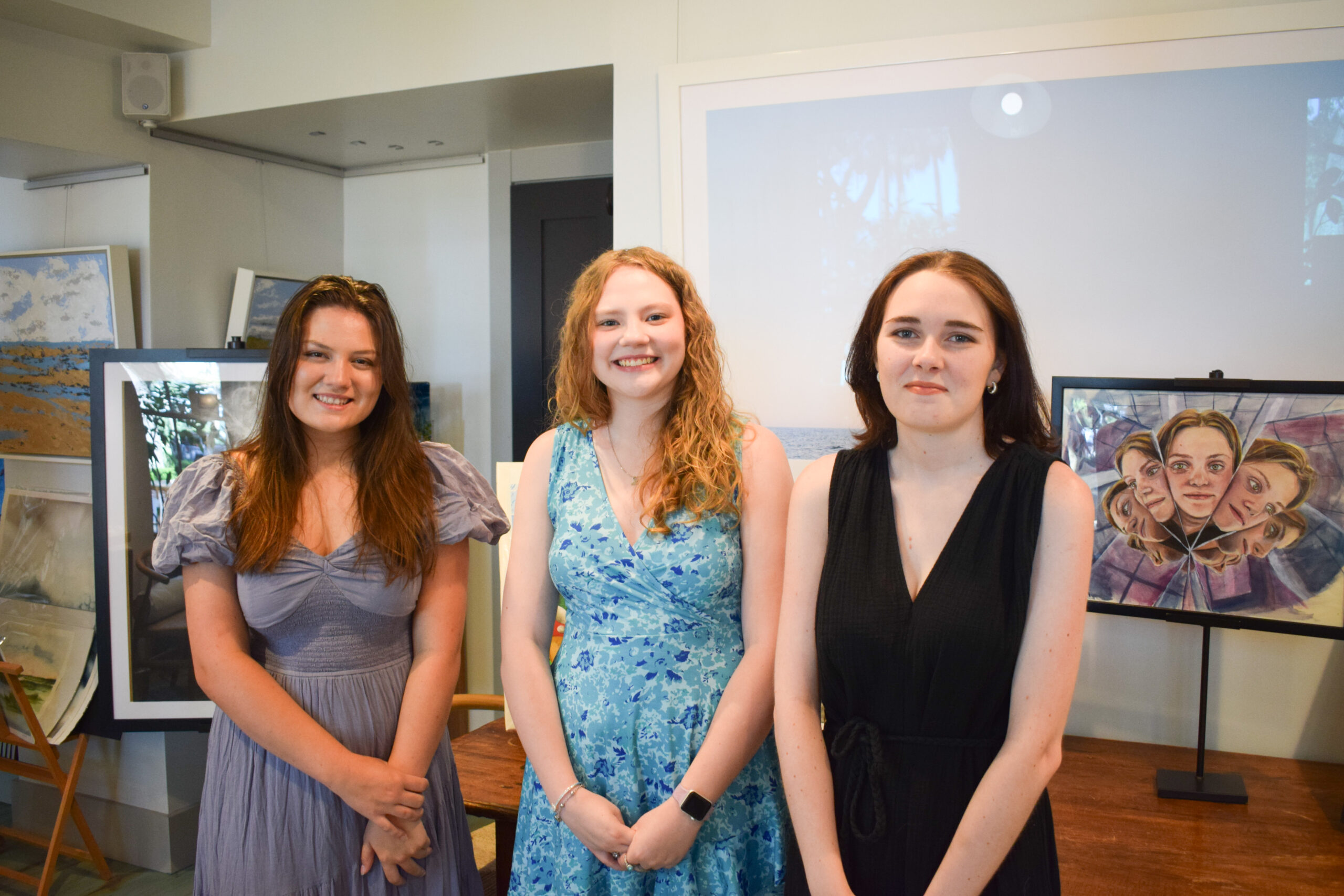
We are thrilled to introduce the inaugural winners of the Inspiring the Arts Scholarship—three extraordinary young women pursuing their artistic dreams through higher education! Katherine Donahue has been named our first official scholarship recipient, wit...

From handmade jewelry to performance wear, the latest arrivals at Palmetto Bluff’s retail spots capture the season in true Lowcountry style. This summer, the Bluff’s shops are full of fresh finds, carefully chosen by our trusted retailers—including FLOW Galler...
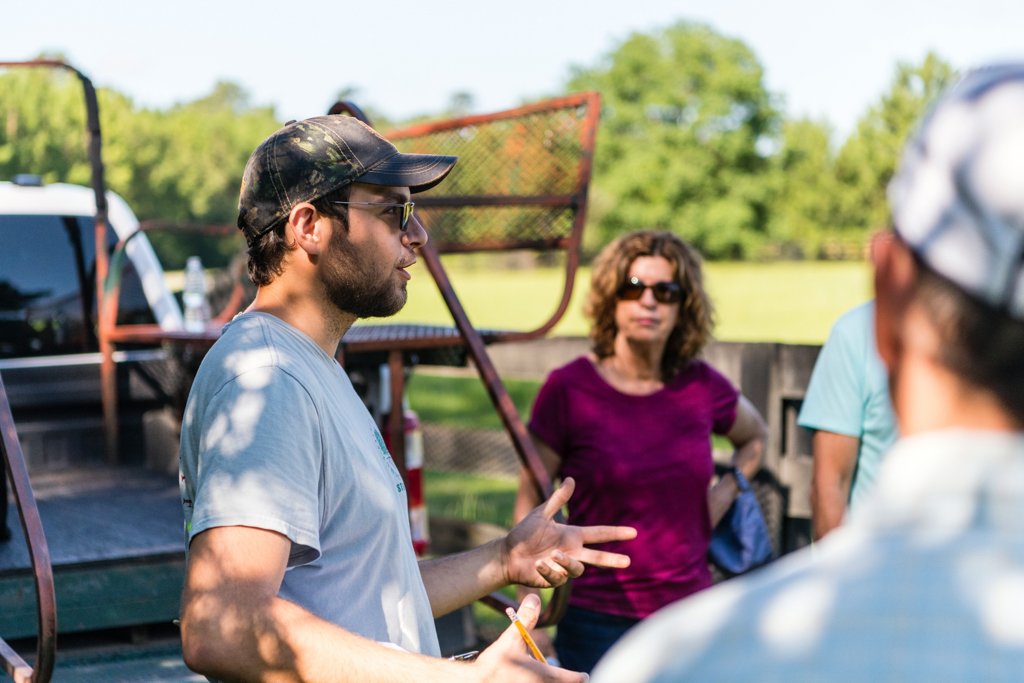
Citizen Science is Thriving at Palmetto BluffDid you know that residents of Palmetto Bluff are playing a vital role in national and global conservation efforts—all from their backyard?Through the Palmetto Bluff Conservancy’s growing Citizen Science programs, c...
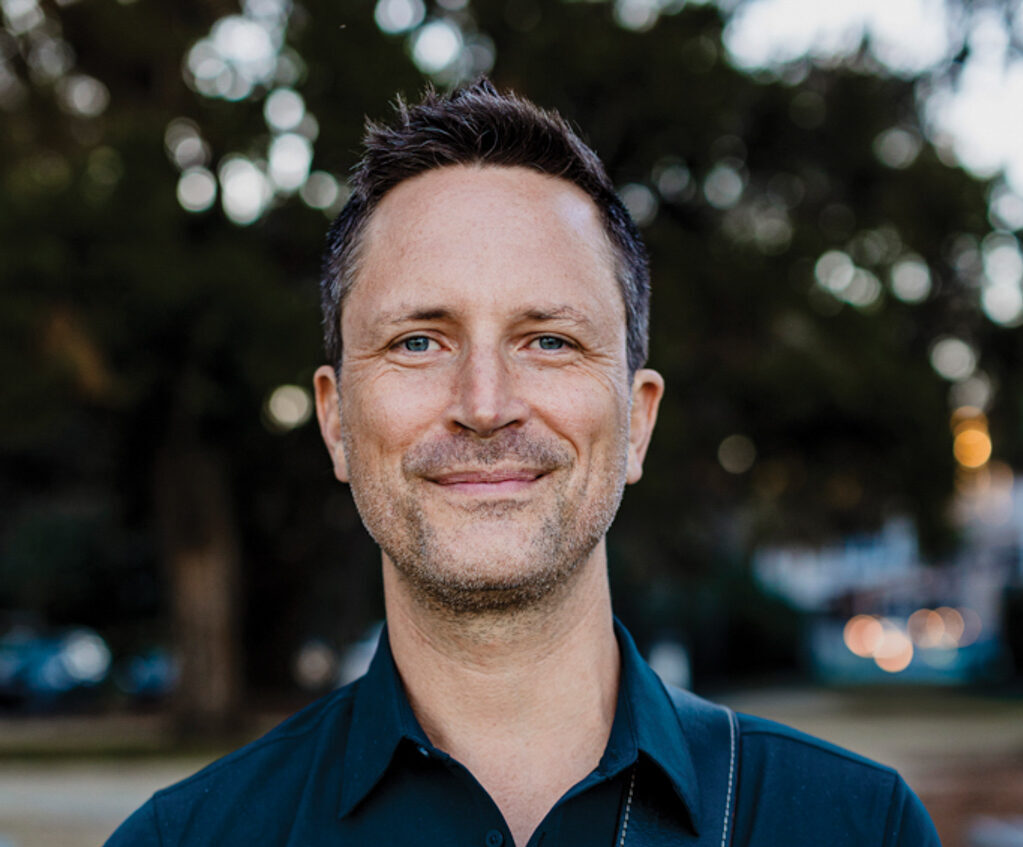
In October 2024, Grammy Award-winning musician Clay Ross visited Palmetto Bluff as part of The Arts Initiative's Artist in Residence Program. Through storytelling and song, he explores identity, heritage, and the universal language of sound. By Barry Kaufman ...
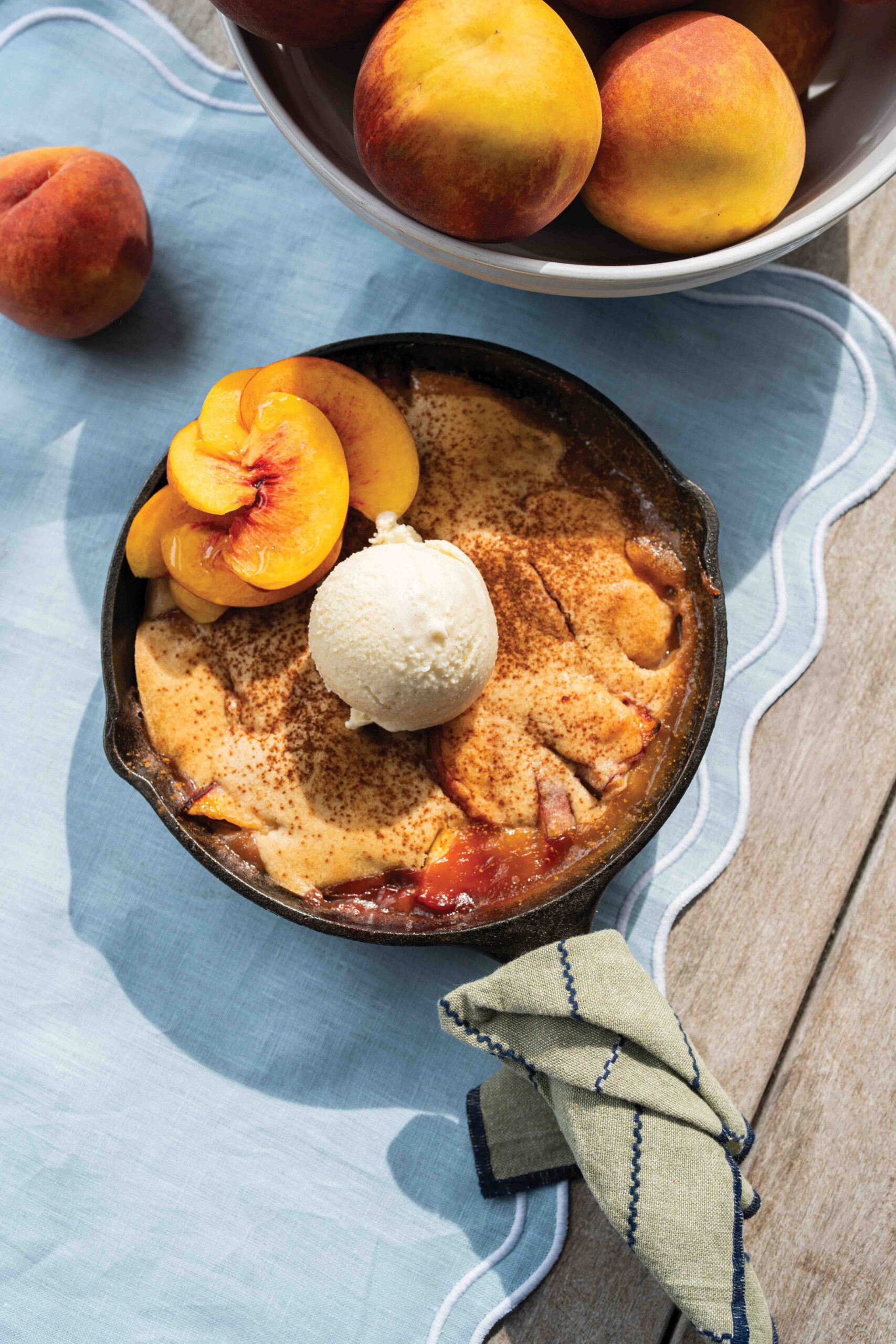
Palmetto Bluff Club Executive Chef Beth Cosgrove and Director of Culinary, Chef Rhy Waddington, Cook Up Four Peachy Recipes for a Summer in the South. Is there anything more iconic than a southern peach? A symbol of summer and Southern heritage, the peach car...
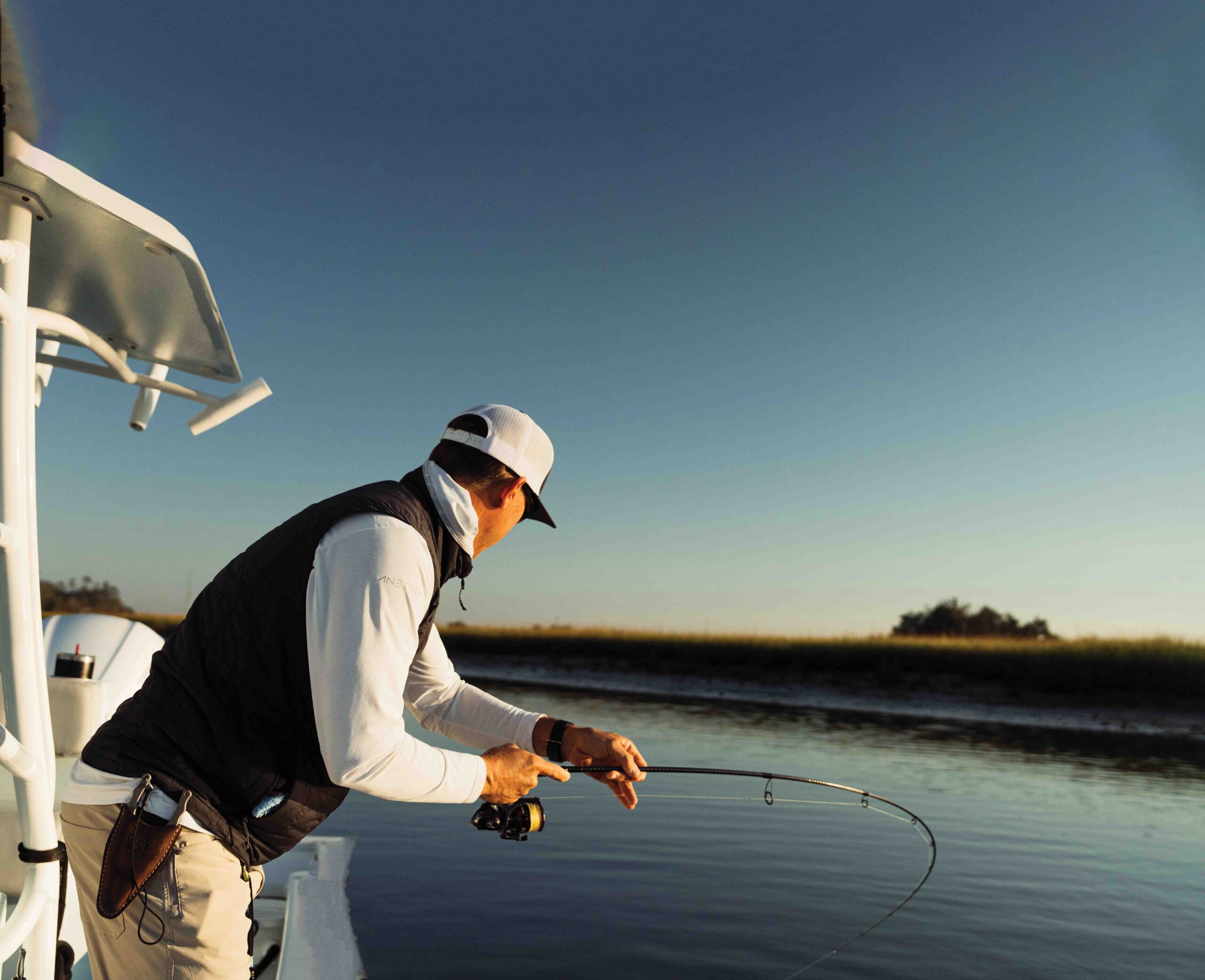
Following the tides and angling for redfish in Lowcountry creeks and estuaries with Captains Brian Vaughn and Will Stephens Story by Sandy Lang It is a sunny morning in October and the water is calm and glassy. The silence is punctuated by a gush of breath f...
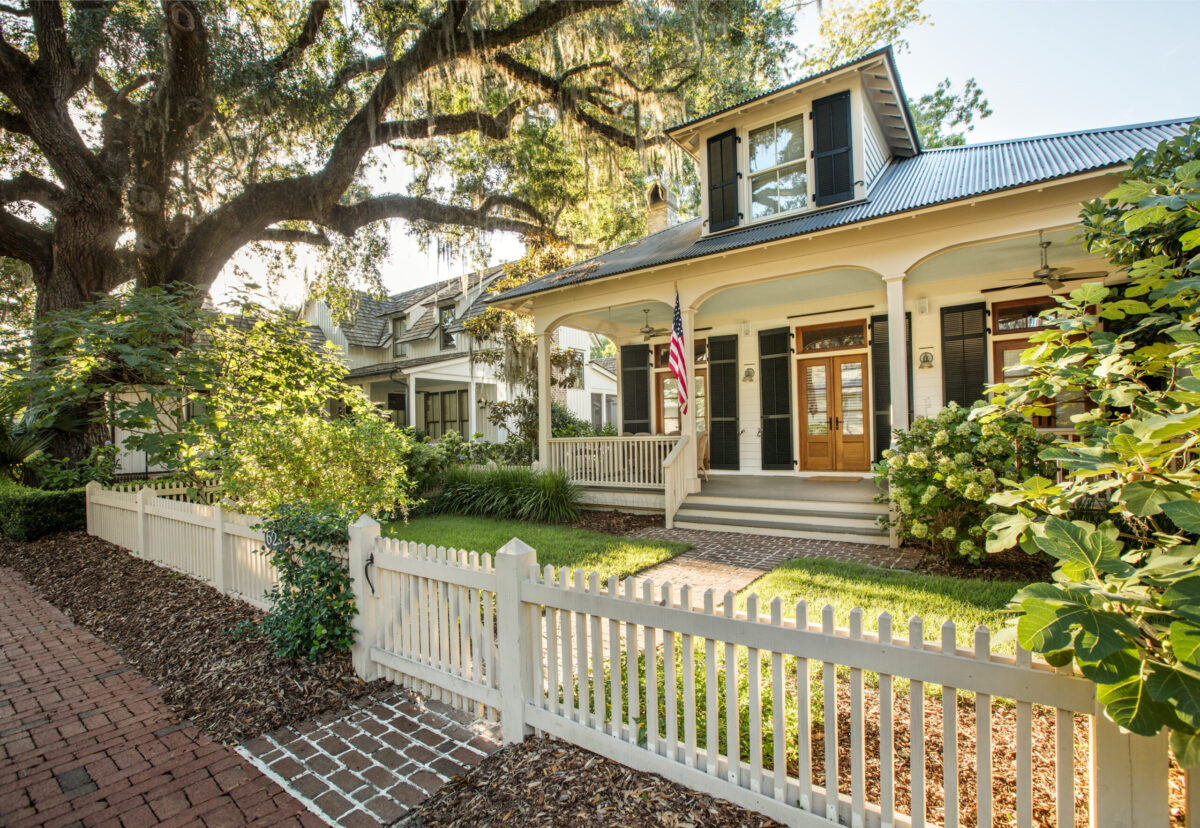
7 Ways To Upkeep Your Palmetto Bluff Home As spring arrives in the Lowcountry, the change in season brings more than blooming marshlands and sun-drenched afternoons; it’s also a perfect time to refresh and care for your Palmetto Bluff home. Coastal living mea...

When the land speaks, you listen. And at Palmetto Bluff, it spoke to two of golf’s most legendary course designers—Bill Coore and Ben Crenshaw. We invite you to watch our newest video, shot this past winter and featuring Bill and Ben, along with South Street P...

5 Renovations to Increase the Value of Your Lowcountry Home Whether Palmetto Bluff is your full-time residence or a cherished retreat, deciding to sell is never a quick or casual choice. However, when the time does come, you want your home to be as market-rea...
Learn about the Palmetto Bluff Conservancy and how we keep the vision of our land in place.
On land or water, there is an ever-evolving variety of activities.
We do not attempt to independently verify the currency, completeness, accuracy or authenticity of the data contained herein. All area measurements and calculations are approximate and should be independently verified. Data may be subject to transcription and transmission errors. Accordingly, the data is provided on an “as is” “as available” basis only and may not reflect all real estate activity in the market”. © [2023] REsides, Inc. All rights reserved. Certain information contained herein is derived from information, which is the licensed property of, and copyrighted by, REsides, Inc.